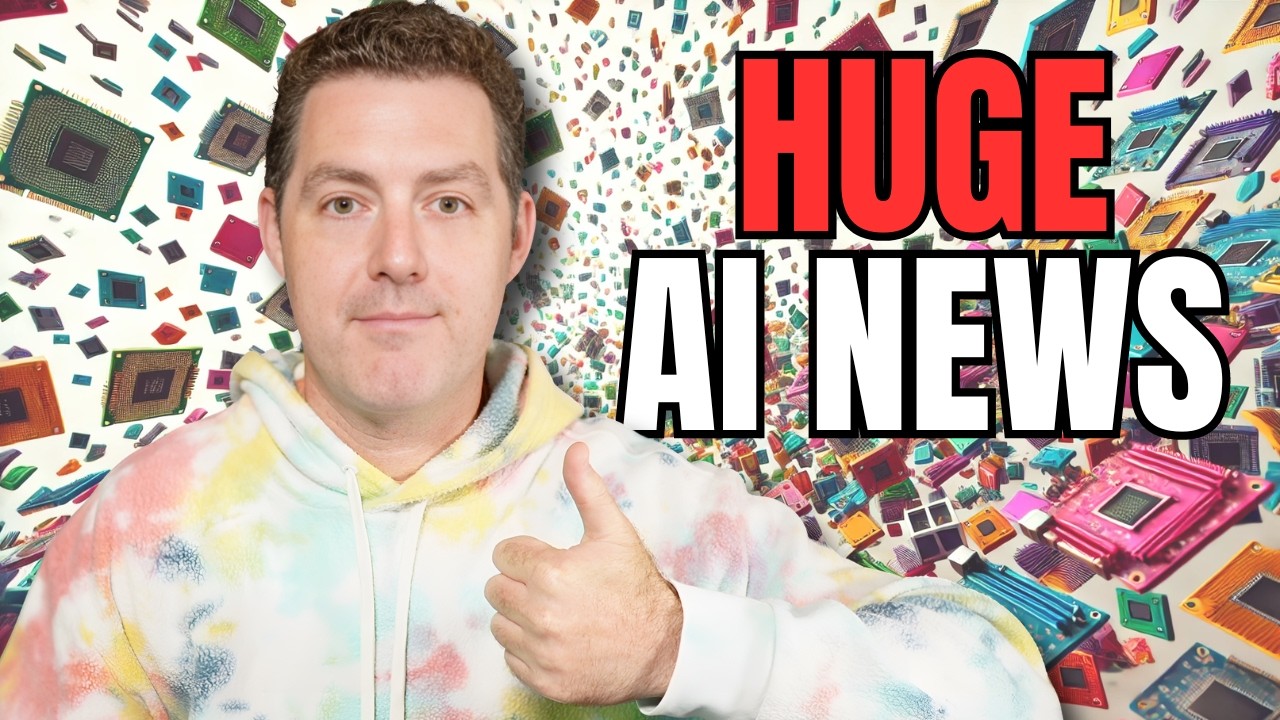The video discussed exciting advancements in AI technology, including Meta AI glasses with potential holographic capabilities, Apple’s plans for smaller and cheaper Apple Vision Pro glasses, and the release of Llama 3 405b, Gen3 video platform, and Grok 2 for improved AI training. It also touched on concerning trends such as AI role-playing addiction, the binding of human skin to robots for human-like features, and the future of software development with neural networks.
In the video, there were several exciting announcements and innovations discussed. Mark Zuckerberg talked about the future of Meta AI glasses, hinting at potential advancements like full interactive holograms. Apple was reported to be focusing on a cheaper and smaller version of their Apple Vision Pro glasses. Additionally, there was mention of the potential release of Llama 3 405b, with beta users on Android already having access to it. The text-to-video platform Gen3 by Runway ML was also highlighted as being publicly available now, showcasing some impressive demo videos.
The video also touched on the topic of AI role-playing and character AI addiction, mentioning how some individuals have become addicted to these AI characters. This phenomenon, though not personally appealing to the speaker, seems to be popular among younger demographics. The potential impacts of AI role-playing on mental health and social interactions were discussed, raising concerns about increasing disconnection from real human interactions amidst declining birth rates and loneliness epidemics worldwide.
Elon Musk hinted at Grok 2, set to be released in August, which is expected to improve data curation efforts for AI training. A particularly intriguing but somewhat unsettling development was the technique developed by University of Tokyo researchers to bind living human skin to robotic surfaces, bringing humanoid robots a step closer to having human-like features. This advancement, though impressive in terms of adaptability, raised ethical and aesthetic concerns for the speaker.
The video also featured updates on the Figure robot project, which is collaborating with BMW Group on fully autonomous AI-driven vision models using neural networks. Andre Karpathy’s tweet about a fully software 2.0 computer that operates solely on neural networks without traditional software applications sparked discussions about the future of software development and deployment. The mention of Route LLM, a routing framework that directs queries to cheaper models based on human preference data, showcased a more cost-effective and efficient approach to AI computation, particularly for edge devices.
Overall, the video highlighted a range of cutting-edge advancements in AI technology, from Meta AI glasses and text-to-video platforms to AI-driven vision models and innovative routing frameworks. The potential implications of these developments on various aspects of society, from entertainment and social interactions to ethics and privacy, were explored. The video also emphasized the growing trend towards local computation on edge devices and the ongoing evolution of software development towards more neural network-based approaches.
